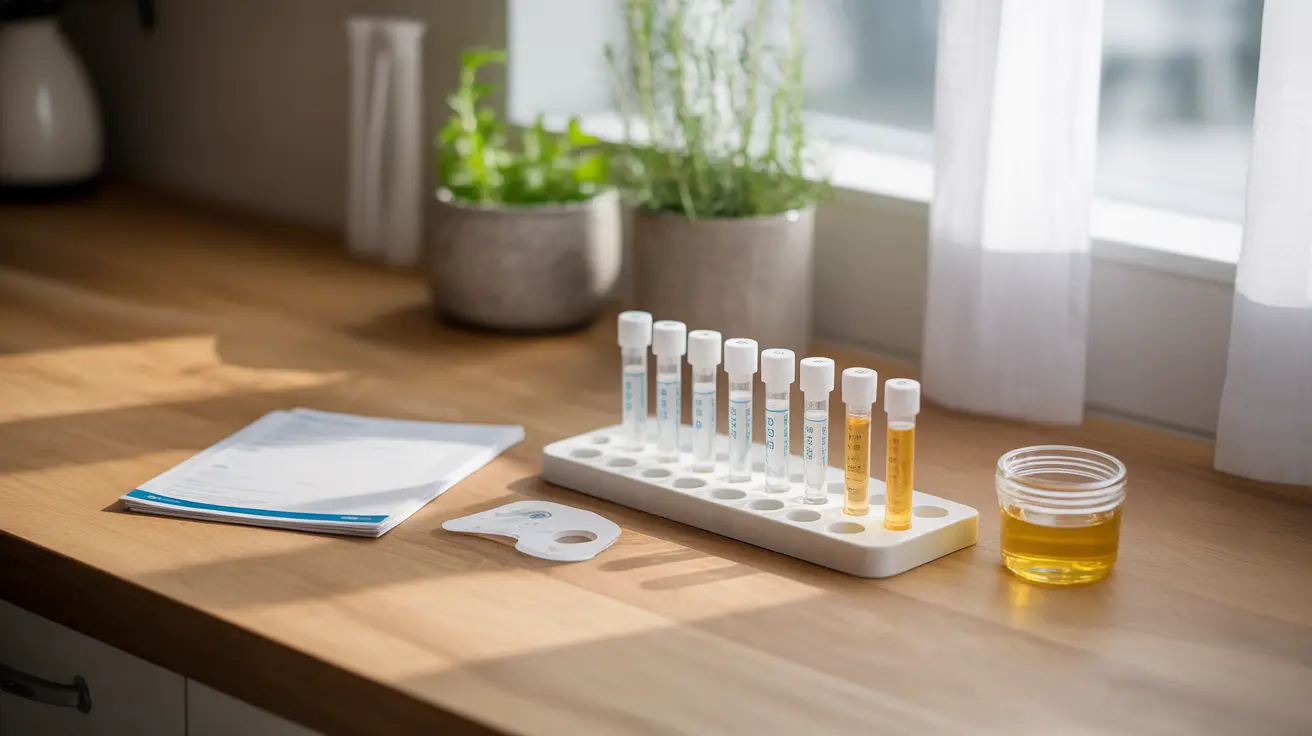Mammograms are essential screening tools for detecting breast cancer early, but many women have concerns about pain during the procedure. Understanding what to expect and how to manage potential discomfort can help make the experience more comfortable and less anxiety-inducing.
While individual experiences vary, it's important to know that some temporary discomfort during a mammogram is normal. This article will explore the factors affecting mammogram pain, ways to minimize discomfort, and what you can expect during and after the procedure.
Understanding Mammogram Pain and Pressure
During a mammogram, your breast tissue is compressed between two plates to create clear X-ray images. This compression can cause varying levels of discomfort, ranging from mild pressure to moderate pain. Most women describe the sensation as uncomfortable rather than severely painful, though experiences differ among individuals.
The actual compression typically lasts only 20-30 seconds for each image, and multiple images are taken of each breast from different angles. While brief, this pressure can feel intense for some women.
Factors That Can Influence Mammogram Pain
Several factors can affect how much discomfort you might experience during a mammogram:
- Breast size and density
- Previous breast surgeries or injuries
- Menstrual cycle timing
- Caffeine consumption
- Anxiety and stress levels
- Technologist's expertise and technique
- Quality and calibration of equipment
Tips to Minimize Mammogram Discomfort
Before Your Appointment
Taking certain steps before your mammogram can help reduce potential pain:
- Schedule your appointment for 1-2 weeks after your period
- Avoid caffeine for several days before the exam
- Take an over-the-counter pain reliever about an hour before
- Wear comfortable, easily removable clothing
- Avoid using deodorant, perfume, or powder on the day of the exam
During the Procedure
These strategies can help make the mammogram more comfortable:
- Communicate openly with your technologist about any concerns
- Try to relax your shoulders and muscles
- Take slow, deep breaths during compression
- Hold still to avoid the need for repeat images
- Remember that each compression is brief
Post-Mammogram Care
Some women may experience temporary effects after their mammogram:
- Mild soreness or tenderness
- Slight skin redness
- Minor bruising (less common)
These effects typically resolve within a few hours to a day. Using a cold compress or taking over-the-counter pain relievers can help manage any post-procedure discomfort.
Frequently Asked Questions
- Do mammograms usually hurt and how intense is the pain during the procedure?
While mammograms can be uncomfortable, most women experience pressure rather than severe pain. The intensity varies by individual, with most reporting mild to moderate discomfort that lasts only during the brief compression periods.
- What factors can make mammogram pain worse or more likely?
Factors that can increase discomfort include breast sensitivity due to hormonal changes, caffeine consumption, anxiety, dense breast tissue, and previous breast surgeries or injuries.
- How can I reduce or prevent pain and discomfort during a mammogram?
You can minimize discomfort by scheduling around your menstrual cycle, taking pain relievers beforehand, avoiding caffeine, communicating with your technologist, and practicing relaxation techniques during the procedure.
- How long does mammogram pain last and what can I do to relieve it afterward?
Any discomfort typically subsides within a few hours to a day after the procedure. Using cold compresses and over-the-counter pain relievers can help manage temporary soreness.
- Does timing during the menstrual cycle affect mammogram pain levels?
Yes, breast tissue tends to be more sensitive during and just before menstruation. Scheduling your mammogram 1-2 weeks after your period, when breast tissue is least sensitive, can help reduce discomfort.




